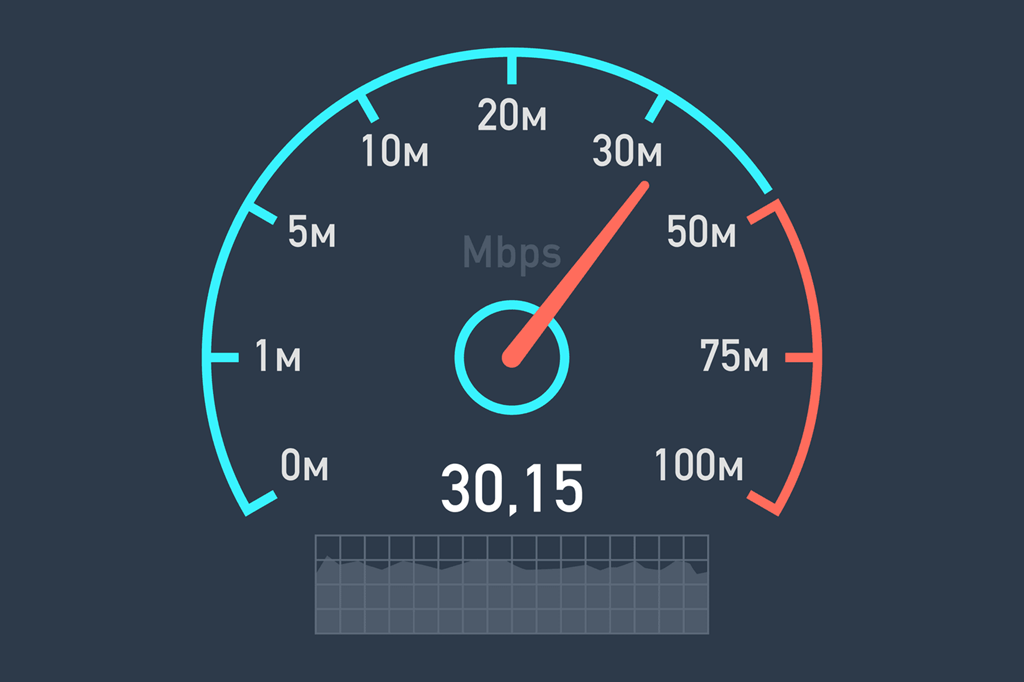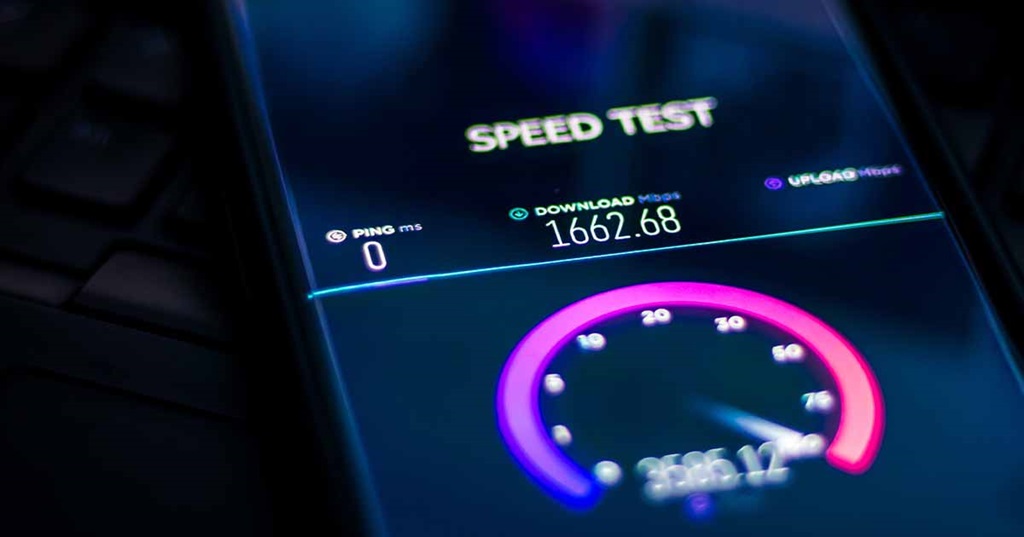
31 Dec Discover My ATT Results in Internet Speed Test
Getting fast and reliable internet is crucial these days. We rely on our connections for work, school, entertainment, and more. That’s why running speed tests is so important – to make sure your AT&T internet is performing as advertised.
I know first-hand how frustrating a slow connection can be. Pages take forever to load, videos buffer constantly, and you can forget about downloading large files in any reasonable amount of time. It used to drive me crazy! That’s why I started digging into my ATT results. I wanted to understand exactly what the numbers meant so I could tell if I was getting what I paid for.
I’ll explain what internet speed tests measure, how to run a test on AT&T’s network, and most importantly – how to interpret your results. You’ll also learn what factors can affect your speeds and when to take action if you’re not getting the AT&T fiber speeds you expected. Let’s get to it!
What Do Internet Speed Tests Measure?
When you run a speed test, you’re measuring the maximum capacity of your internet connection. It checks both your download and upload speeds.
Download speed is how fast data transfers from the internet to your device. This affects activities like loading websites, streaming video, and downloading files. Higher download speeds mean faster page loads and less buffering.
Upload speed is how fast you can transfer data from your device to the internet. It impacts things like sending emails, backing up files to the cloud, and video calls. Faster upload speeds mean smoother HD video chats and quicker cloud syncing.
Speed tests measure these in megabits per second (Mbps). So if your download speed is 100 Mbps, you can transfer around 100 megabits (or 12.5 megabytes) of data per second.
How to Run an AT&T Speed Test
AT&T offers a few easy ways to test your internet connection speed right from your home network.
Their official speed test website is fast.com/speedtest. It was developed by Netflix and optimized for accuracy.
The speed test runs right in your web browser – no app to download. Just go to the site and click “Begin Test.” It will first check your download speed by transferring sample data, then test your upload speed.
At the end, you’ll get your results in Mbps for both download and upload. Fast.com also shows a Connection Quality score out of 100 and your Ping (latency).
Another option is to use the AT&T Smart Home Manager app. It lets you monitor and control your AT&T internet. Open the app and go to the “Speed Test” section. Tap the Run Test button and it will measure your connection’s performance.
I prefer using Fast.com because the results are really reliable. But the AT&T app can be handy too, especially if you want to test Wi-Fi speeds in different areas of your home.
How to Interpret Your AT&T Fiber Speed Test Results

Okay, you’ve run a test and now have a bunch of numbers – but what do they mean? Here’s how to gauge if your AT&T internet speeds are where they should be.
First, check your plan details. AT&T lists the maximum download and upload speeds you’re paying for. For example, their 1 Gig (or 1000 Mbps) fiber plan promises:
- Download Speed: Up to 1 Gbps (1000 Mbps)
- Upload Speed: Up to 1 Gbps (1000 Mbps)
So if you have their 1 Gig fiber service, your speed test results should be somewhere close to 1000 Mbps download and 1000 Mbps upload when connected via Ethernet.
If your speeds are within 80-90% of the advertised rates, then your AT&T fiber is performing as expected. You’re getting the full capacity of your connection. Any speed test fluctuations are normal; you’ll rarely see the absolute maximum.
However, if your results are significantly lower than your plan’s speeds – let’s say 300 Mbps down and 400 Mbps up on the 1 Gig plan – then something may be wrong.
Remember, speed tests give your connection maximum capability. If you’re not reaching your plan’s advertised rates, then there is an issue limiting your speeds.
What Affects Your AT&T Internet Speeds?
Before calling AT&T about slow speeds, first consider what factors might be impacting your results:
Wi-Fi vs Ethernet – Always use a wired Ethernet connection when speed testing. Wi-Fi is subject to interference and distance which can drastically reduce your speeds. Ethernet gives the true capacity of your fiber line.
Time of day – Internet traffic in your area fluctuates throughout the day. You may see slower speeds during peak evening hours when more neighbors are online. Try testing at off-peak times like early morning.
Device limits – Your computer or mobile device’s hardware affects internet speeds over Wi-Fi. An older laptop with a slow wireless card can’t receive the full bandwidth. Use updated equipment when speed testing.
Website server capacity – The site you’re testing downloads from may have slow servers that bottleneck your connection. Test against speed test services with robust, high-capacity servers like Fast.com.
VPN usage – VPNs encrypt your traffic which adds overhead and can slow your speeds. Disable your VPN before running a test for accurate results.
Wi-Fi interference – Nearby appliances, thick walls, distance from your router, etc. can interfere with Wi-Fi signals. Test speeds when near your router then compare further away.
Malware or viruses – Software infections can affect network performance. Scan your computer for anything malicious. Reboot your router and devices to clear any memory issues.
Heavy usage during test – Streaming video, downloading files, video calls, gaming, etc. during a speed test will skew your results slower. Close all programs and browser tabs first.
If your AT&T fiber speeds are consistently low when accounting for these factors, there may be a problem needing attention.
When to Contact AT&T About Slow Speeds
Fiber internet offers extremely fast and steady speeds. But issues can still come up that degrade your AT&T performance.
Here are some good times to contact AT&T if you’re not getting your expected speeds:
- Your wired Ethernet speed test results are less than 80% of your subscribed rates consistently.
- Your speeds worked as expected originally but have now slowed down significantly.
- Your Internet frequently disconnects or goes out completely for periods of time.
- Speeds are very inconsistent – fast sometimes but then very slow at other times of the day.
- Only one device gets slow speeds while others connect fine, pointing to a device-specific issue.
- You’re experiencing a lot of lag and buffering, especially during video streaming and calls.
- Rebooting your router improves speeds temporarily but the problems return after a while.
Don’t hesitate to reach out to AT&T fiber support if you notice any of those problems persistently. They can help diagnose the cause and get your speed back up.
Some common fixes include:
- Sending a technician to check your fiber wiring for damage.
- Replacing old or faulty router equipment.
- Switching to a newer modem model if yours is outdated.
- Adjusting Wi-Fi bands or channels to reduce interference.
- Upgrading your plan if consistent heavy usage is taxing your bandwidth limits.
- Troubleshooting speed issues caused by your computer’s hardware or software.
Hopefully, it’s just a simple router reboot or replacing an Ethernet cable needed to get your AT&T fiber service humming again. But with fiber’s blazing fast speeds, even a small issue can significantly degrade performance.
Tips for Getting the Most from Your AT&T Fiber
Beyond resolving speed problems, there are some general best practices to optimize your AT&T fiber connection:
- Use updated devices – Newer computers, smartphones, etc. have better wireless radios to take advantage of fast speeds. Upgrade any old equipment.
- Minimize Wi-Fi interference – Avoid placing your router near appliances that emit electromagnetic interference. Adjust antennas away from thick walls and metal objects.
- Limit bandwidth hogs – Video streaming and downloading large files can choke your bandwidth. Use QoS settings to prioritize important traffic like work video calls.
- Test different times of day – Run speed tests at off-peak times to see your AT&T fiber’s true capacity when fewer neighbors are online.
- Reboot occasionally – Power cycle your router and modem every few months to clear any performance issues caused by temporary memory glitches.
- Enable 5 GHz Wi-Fi – This higher frequency band is less crowded and offers faster speeds than old 2.4 GHz networks when near your router.
- Add mesh Wi-Fi – If your home is large, mesh systems like AT&T’s Wi-Fi Extender provide wider, stronger coverage for solid speeds everywhere.
- Go wired when possible – For serious work and gaming, use Ethernet rather than Wi-Fi for the most stable and lag-free connection.
- Contact support if needed – AT&T’s fiber techs can tweak your connection for maximum performance if you’re having issues.
AT&T fiber delivers some of the fastest and most consistent internet speeds available. By understanding your speed test results and optimizing your home network, you’ll enjoy the full benefits of this ultra-fast fiber optic connectivity.
Summing Up AT&T Fiber Speed Test Results

Hopefully, this guide gave you a better understanding of speed tests – what they measure, how to run them properly, and how to interpret your AT&T fiber results.
The key takeaways are:
- Use a wired Ethernet connection and speed test tools from AT&T or Fast.com for accuracy.
- Factor in normal network fluctuations; you may not hit absolute maximum speeds.
- Consistently reaching 80-90% of your subscribed rates means your AT&T fiber is performing well.
- If your speeds are much lower than expected, contact AT&T support to troubleshoot potential issues.
- Optimize your network environment and devices to take full advantage of AT&T’s fast fiber.
With a little effort, you can get the most out of my ATT results and fiber service. Blazing-fast speeds await when you understand your speed test numbers and address any performance problems early. Enjoy the speed!
Frequently Asked Questions
What download and upload speeds should I expect on the AT&T 1 Gig fiber plan?
AT&T advertises the 1 Gig plan as offering maximum download and upload speeds of 1000 Mbps (or 1 Gbps). When connected via Ethernet, your test results should be around 800-900 Mbps for both, allowing for normal network fluctuations. Over Wi-Fi, speeds may be a bit lower depending on interference and device capabilities.
Why are my AT&T fiber speeds slower than what I’m paying for?
If your speed test results are significantly less than your subscribed plan rates, there may be an issue like faulty equipment, interference, congestion during peak times, or other problems. Contact AT&T support if speeds are consistently more than 20% below advertised rates.
Does distance from the AT&T fiber modem/router affect my Wi-Fi speeds?
Yes, the further you move from your AT&T router, the weaker the Wi-Fi signal gets. Results when right next to the router will show your maximum possible Wi-Fi speeds. Move further away and speeds may decrease due to signal degradation. Use Ethernet for the fastest speeds across distance.
How often should I run a speed test on my AT&T fiber connection?
It’s a good idea to run periodic speed tests on your AT&T fiber connection to spot any issues early. Checking speeds about once a month when connected via Ethernet is sufficient for most people. If you frequently have problems, test more often to identify patterns and optimize performance.
Will running a speed test use up my AT&T data allowance?
No, running a speed test will only use a tiny fraction of data, typically less than 100 MB. Even extensive speed test measurements all month would not significantly dent your overall monthly data usage. Speed tests themselves will not lead to overage fees or data throttling.


No Comments